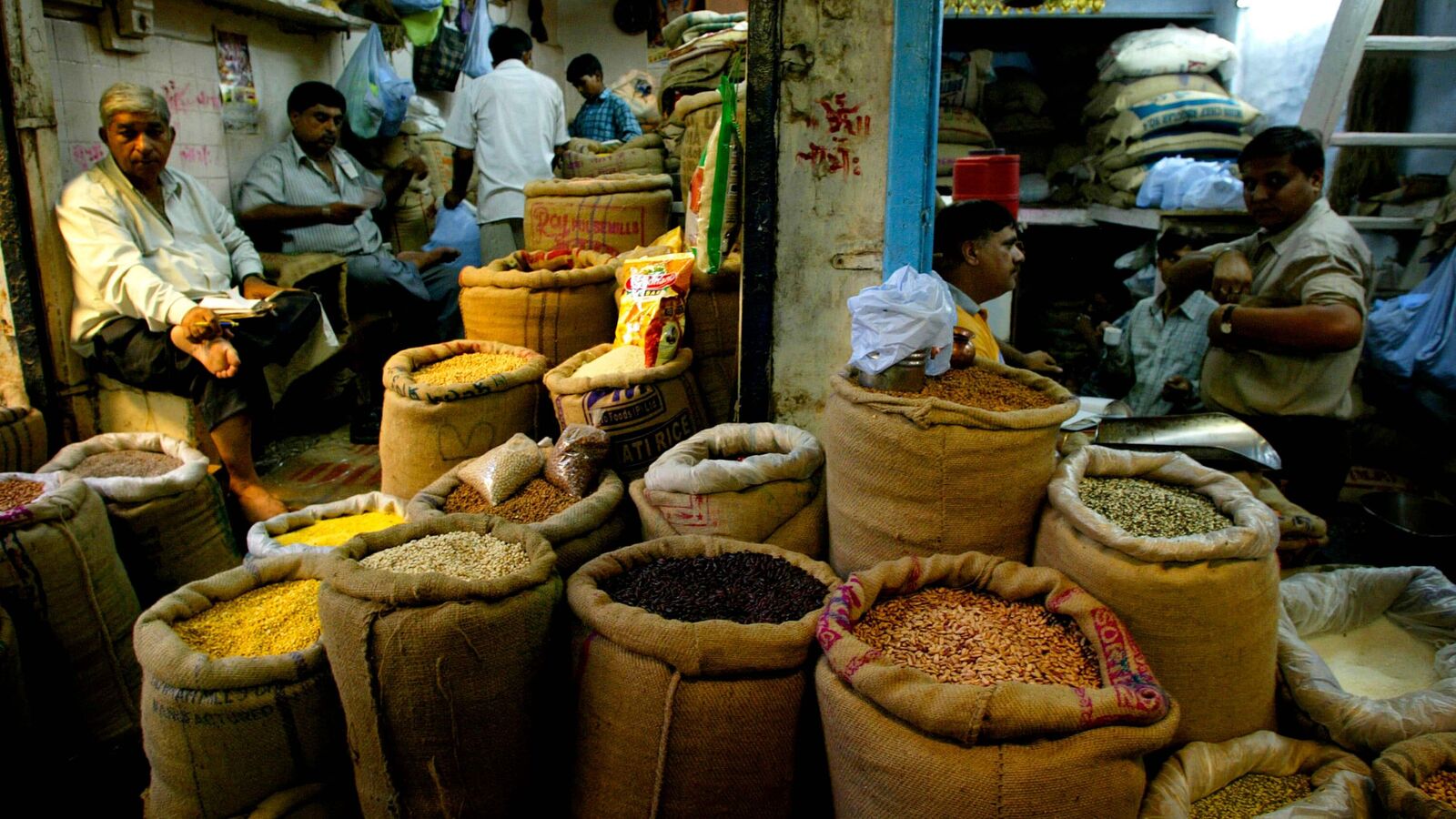
Earlier this year, the National Food Security Act (NFSA) completed a decade, a period over which it has successfully expanded coverage of the Public Distribution System (PDS) to almost two-thirds of India’s population. It proved to be a lifeline during the covid pandemic, with the government raising its entitlement from the mandated 5kg per person to 10kg, free of cost. While the quantity hike was rolled down after the pandemic ended, it continues as a free-ration scheme, as against the earlier subsidized price of ₹2 per kg for wheat and ₹3 per kg for rice.
The scheme’s expansion also came with its renaming as the Prime Minister Garib Kalyan Anna Yojana (PMGKAY). As part of his election campaign, earlier this month, Prime Minister Narendra Modi announced an extension of the scheme for another five years. While the PMGKAY’s renewed lease in a new avataar may be justified, given spiralling food prices, particularly cereals, the extension and renaming are not just in name, but also in spirit.
The PDS has existed in India for more than five decades and the history of food rations goes back even further, before independence. While it was universal to begin with, it was changed to a targeted scheme after the economic reforms of 1991, with items distributed under the PDS restricted to rice, wheat, kerosene and sugar. However, given problems with targeting, state governments took the lead in PDS reforms, with most states turning the scheme universal again (or quasi-universal). At the same time, competition among political parties led to gradual reduction in the issue price of subsidized foodgrain. So most states on the eve of the NFSA enactment 10 years ago had prices of rice and wheat at ₹1 per kg or ₹2 per kg.
The NFSA was not just a central PDS reform that took its cue from states, it came in the backdrop of India’s slow performance on the nutritional front, despite rapid economic growth, and thus laid down the framework for a comprehensive food-security system aimed at improving nutrition and access to food. The PDS was an important part of it but not the only tool. However, the last decade has seen a gradual erosion in the food security architecture as envisioned in the Act of law. It has been reduced to a rice and wheat PDS scheme and renamed the PMGKAY with no effort on several other aspects of the Act vital for a comprehensive food-security paradigm.
While the covid volume doubling was necessary, given the programme’s reach and success, it soon became a political instrument (example: its latest extension). A narrow approach which has reduced the NFSA to PMGKAY-led PDS has come at the cost of dilution of several provisions in the original law. Despite a larger population, beneficiary coverage remains fixed at estimates derived from the 2011 census, excluding more than 100 million beneficiaries. As against a provision of maternity benefits for all pregnant women, the scheme has been restricted to only one child birth. The amount has remained frozen at ₹6,000 per delivery, with no increase in the last decade. Similarly, while rice and wheat distribution under the PDS has seen outlays increase, we’ve seen insignificant hikes for the Integrated Child Development Scheme and the Mid-Day-Meal scheme. Both are critical for arresting child malnutrition.
The excessive focus on rice and wheat has also had its consequences. While cereals are important, the solitary focus on these two grains goes against the stated objective of the Act, which mandates the government to expand the food basket to include pulses, edible oil and other nutritious food. It has contributed to a skewed production structure, whereby India is a large importer of pulses and edible oil, though self-sufficient in rice and wheat. Unlike the Act’s provision for the decentralization and expansion of public procurement, it remains largely concentrated, with north-western states like Punjab and Haryana playing disproportionate roles. The environmental consequences of paddy cultivation in those states are not just visible in declining water tables, but also the practice of stubble burning, which transforms India’s capital into an annual spectacle of pollution.
The raison d’etre of the NFSA was to move beyond the limited nature of the PDS and provide a framework for improving nutrition and food security. Reducing the Act to a free PDS scheme may help the majority of our population access free food, yielding political dividends, but it need not be at the cost of key provisions of the Act that are in dire need of budget support for the sake of India’s nutrition and food security.
